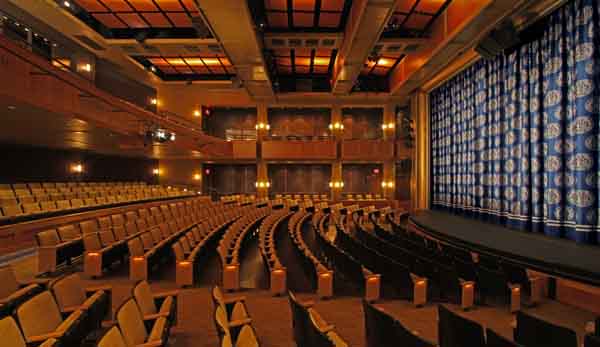When answering the question of what the future of American K-12 schools should look like, there needs to be a conversation surrounding the purpose of education. The best schools for America’s children are those that best address the objectives of education. However, every person holds a different set of values and thus beliefs regarding the ultimate purpose of K-12 education vary widely. The most often cited statements of purpose include the need to develop the intellect, serve social needs, contribute to the economy, craft an effective work force, and generate an informed electorate. While these objectives are notable, they are undesirably limited in scope. Rather, and as many education scholars believe, the purpose of education is manifold as it is meant to encompass all dimensions of the human experience.

Standardized testing is often used a benchmark for future job success: Pottsgrove School District
Despite the growing consensus for a child-centered approach to education that advances the intellectual, emotional, and social growth of students, many American schools continue to follow a strictly economics based model. This kind of economic-driven model emphasizes certification, centralization, and standardization. In this system students are subject to a rigorous and often inflexible curriculum in order to advance numeracy, literacy, and science skills. The ultimate purpose in an economics-driven education system is to form productive workers in the domestic job market. While success in the job market should be one of the top priorities of any school, a truly high-skilled workforce can only be generated if schools address all facets of student development. In following such a linear equation of success— knowledge + technical skills = job success— many students fall behind their more holistically educated peers. Students need to develop the interpersonal and professional skills necessary to be leading professionals in the domestic economy. Simply put, teaching for a test or a certification is an insufficient motivator for engaged learning and character growth.

My high school was designed to advance the futures of students intending to go to college. However, a few years back my school decided to allow students to attend the vocational school for half of the school day. This kind of individualized student-centered schooling has helped countless individuals: Dream it Do it PA
Moreover, schools that tout high-skill economic advancement as the primary goal of education often leave students not bound for college at a disadvantage. About 70% of Americans do not earn a bachelor’s degree by 29 and these young adults receive few career-focused skills in high school. Unless technical education and vocational training are offered at their school, most are left unprepared for the workforce. Unfortunately, too many students are placed on traditional academic tracks leading to dead ends. The school system is designed to train highly specialized workers, yet not every student is destined for higher education. If these same students attended learning institutions that boast a purpose of comprehensive personal and academic growth, these students would have already had time to explore their interests and find an adequate career path.

Child Centered Learning: Pearltrees
These flaws with such a regimented system, however, does not imply that the stated purpose of strengthening the economy is not important. Rather, the stress of academic basics and certification should be complemented by humanistic growth. Martin Luther King Junior perfectly encapsulates the broader social purpose of education in his 1948 speech at Morehouse College: “The function of education is to teach one to think intensively and to think critically. But education which stops with efficiency may prove the greatest menace to society. The most dangerous criminal may be the man gifted with reason but no morals. … We must remember that intelligence is not enough. Intelligence plus character—that is the goal of true education.” This kind of child-centered approach that emphasizes character building and moral growth alongside academic achievement is gaining increasingly popularity among education policy circles. In fact, most elite private schools in the US boast the main tenets of child-centered educational philosophy, namely the emphasis on holistic pupil development as the central objective of schooling. The elite primary school, The Antioch school, goes so far as to have a whole page on its website dedicating to describing its child-centered education approach. If these schools are so successful in producing high-performing and intellectually curious students, then it only seems natural that this purpose of holistic growth should be applied to all American schools.
Within this sphere of addressing students’ unique learning needs, both cognitive and social, there are several critical development goals. First, students should develop the capacity for independent thought through inquiry and reasoning. This ability for critical thinking is further advanced through a deeper understanding and appreciation of oneself, other people, and the world. Schools that promote the development of values like compassion, tolerance, and respect shape students that can argue, deliberate, and write in an educated manner. These students are engaged in classroom activities that force them to grapple with ethical, philosophical, and policy dilemmas and this exposure to real-world situations within the controlled atmosphere of a classroom helps to craft future leaders. Moreover, it fosters an independent lifelong love for learning and that is the ultimate measure of success for a school.



